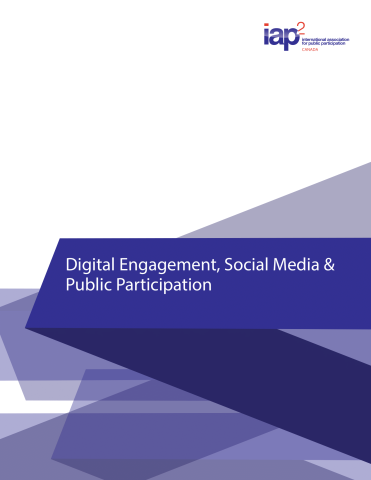
Internet technologies connect us each day with work, play, information, purchasing, and civic participation. Overwhelmingly, the majority of these online interactions are geared towards entertainment, consumerism, and nonpolitical socializing (Dahlgreen, 2005). At the same time, ‘civic technologies’ are fostering new opportunities for people to participate in public decision-making and community life.
Digital tools are used for public participation because they offer the promise of increasing the convenience of participating, enabling better-informed citizens, reaching diverse audiences over large geographies, sustaining engagement over time, in somewhat customized ways, with reduced costs, and can offer automated analysis which allows for faster decision-making.
Despite the growing use of online tools to engage the public, there is still much to learn. In many instances, the number of participants is low, most participants engage infrequently, the connection between participation and policy-making is unclear, and technologies can be unreliable. There are also important concerns regarding degrees of inclusion, unequal power among participants and between participants and conveners, lack of online civic engagement skills, the influence of social media filters, and civility in online discussions.